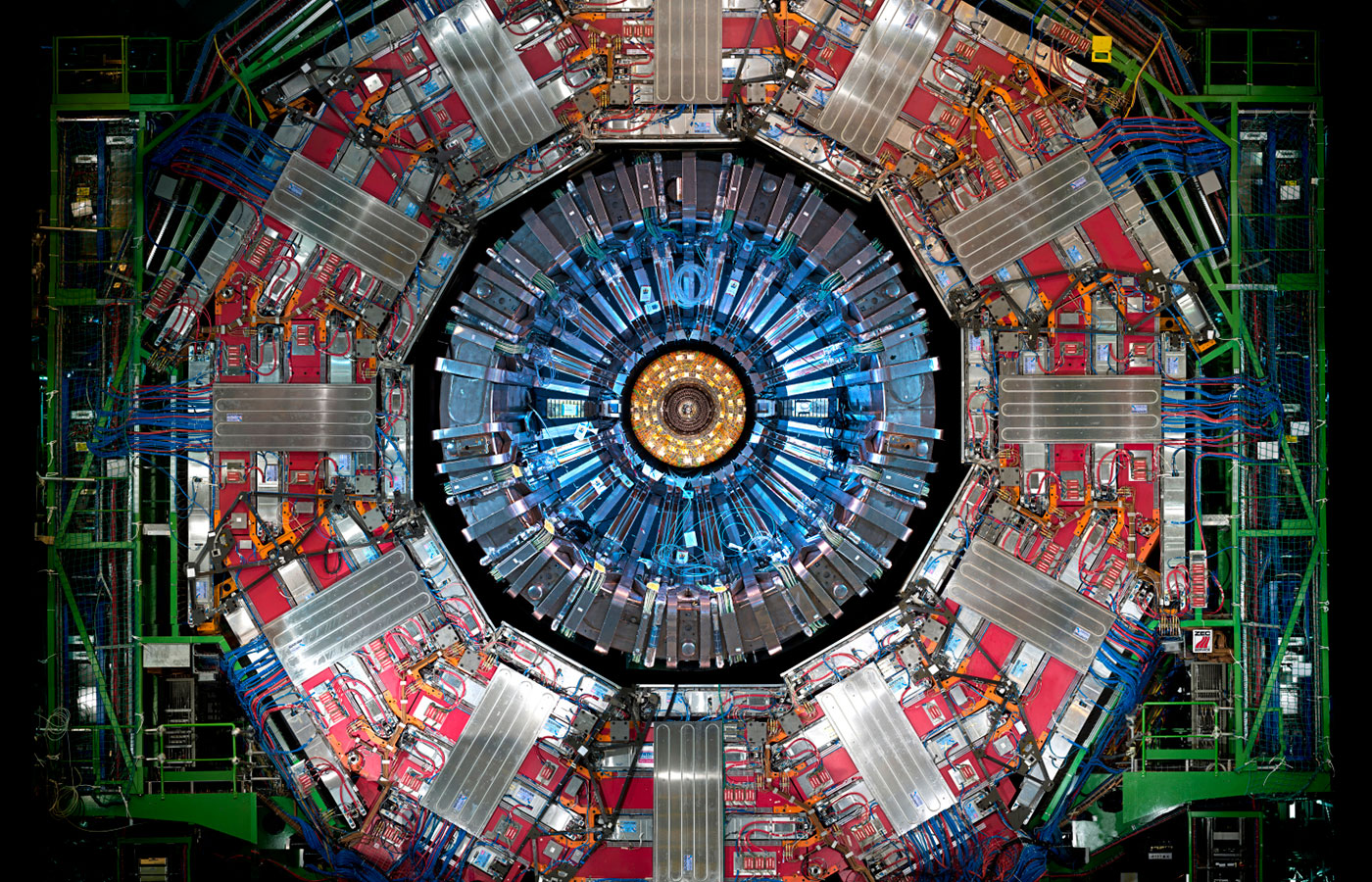The US CMS is the headquarters of the CMS project in the United States. The US CMS is a Tier 1 on the LHC grid, distributing information to the US.
CERN is the European Organization for Nuclear Research, the world's largest particle physics center. Founded in 1954, the laboratory was one of Europe's first joint ventures and has become a shining example of international collaboration. CERN explores what matter is made of and what forces hold it together. The Laboratory provides state-of-the-art scientific facilities for researchers to use. They us particle colliders which accelerate tiny particles to a fraction under the speed of light and detectors that make the particles visible.
LHC (Large Hadron Collider) Project
The LHC consists of four distinct detectors that accelerates protons into head-on collisions at higher energies than ever achieved before. This allows scientists to penetrate further into the structure of matter and recreate condition that prevailed in the early universe, moments after the "Big Bang". The LHC will be built astride the Franco-Swiss border west of Geneva, at the foot of the Jura mountains, in front of the Alps.
A General Purpose Detector at the LHC
CMS (Compact Muon Solenoid) is a general purpose detector designed to run at the highest luminosity produced at the LHC. The CMS detector has been optimized for the search of the SM Higgs boson over a mass range from 90 GeV to 1 TeV but it also allows detection of a wide range of possible signatures from alternative electro-weak symmetry breaking mechanisms. CMS is also well adapted for the study of top, beauty and tau physics at lower luminosities and will cover several important aspects of the heavy ion physics program. The CMS collaboration has more than 1860 members from 150 scientific institutions from 31 countries around the world.


 Give to Florida Tech
Give to Florida Tech 